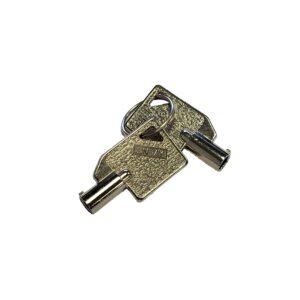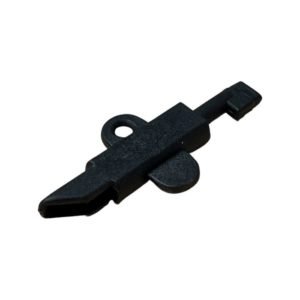Architrave Antimicrobial Door Assist Toilet Sensor AWCASSK
Automatic Toilet Door Indicator Sensor
An architrave Door Assist external toilet door sensor with a scratch resistant, antimicrobial acrylic label.
Our SteriTouch® sensors offer protection against a range of bacteria including the Flu Virus, E. coli, MRSA, Salmonella and Legionella, as well as black mould growth, biofilm and fungi. Mould growth is responsible for costly redecoration cycles and respiratory complaints, especially in damp and humid environments where its prevention is otherwise difficult.
SteriTouch® works continuously and effectively to restrict this growth before it appears. It eradicates the bacteria which cause contamination and infection, as well as those responsible for odours and staining. The antimicrobial effect also protects the product against degradation, extending its use!
Comes with key over-ride for emergency entry.






BEST PRICE
Prices that are hard to beat!
TRADE ENQUIRIES
Set up an online account or contact us for the current trade prices
GUARANTEED
Next-Day Delivery*
Reviews
You Might Also Like
-

Electronic Radar Key Entry Kit – Disabled Persons Toilet Door System ARCHITRAVE RADAR-KIT
Electronic Radar Key Entry Kit Disabled toilet locking system with Radar key entry. If w...
£637.36Excluding Sales Tax | ShippingBUY NOW -

2 Position Key Switch KSWON/OFF
2 Position Key Switch Narrow style stainless steel key switch. 2 position - ON/OFF key switch...
£20.99Excluding Sales Tax | ShippingBUY NOW -

Emergency Door Access Override Keys – WCKEY 102
WCKEY Emergency Door Access Override Keys Spare Emergency Override Keys for our external WC sensors...
£4.41Excluding Sales Tax | ShippingBUY NOW








